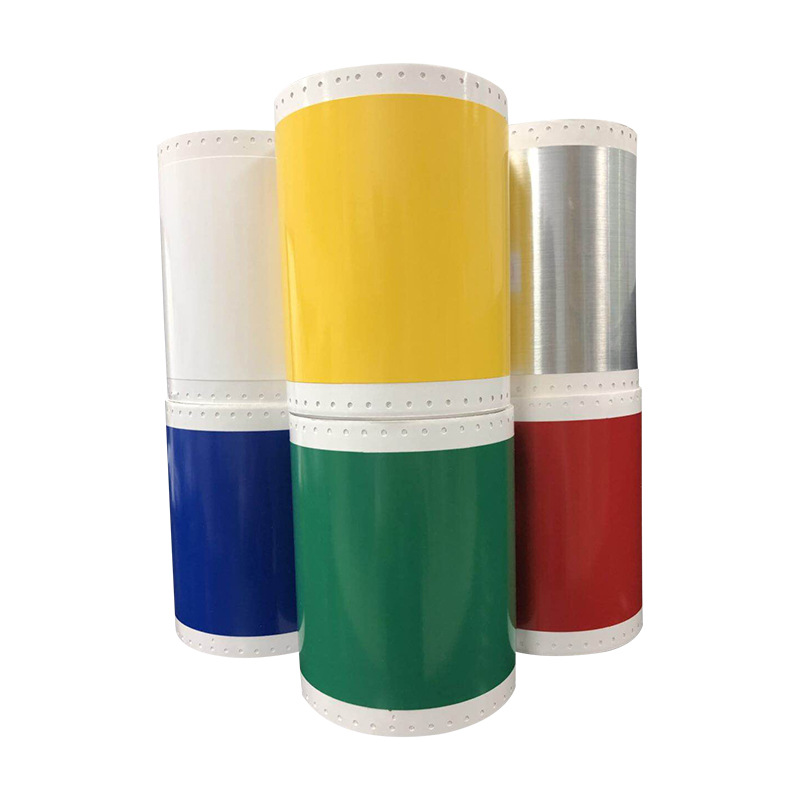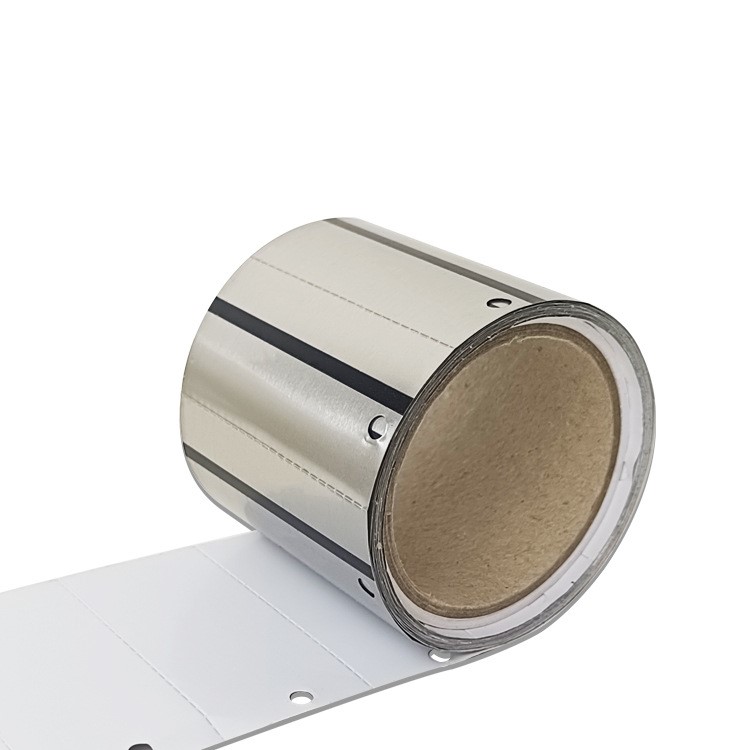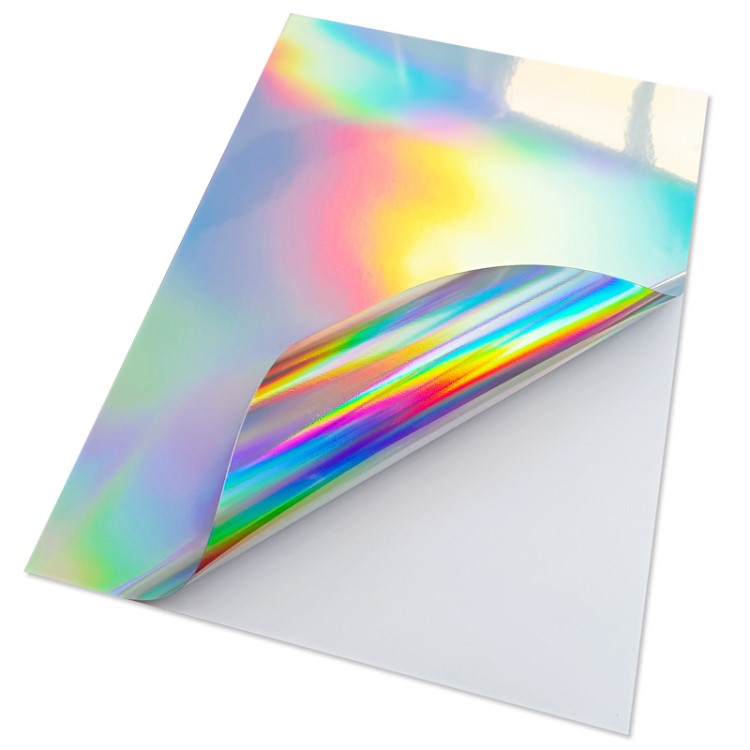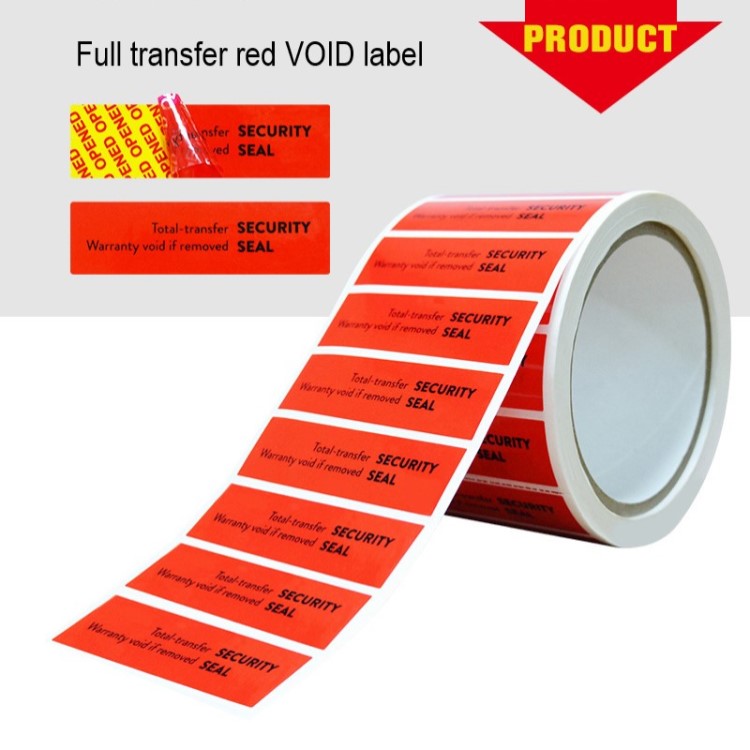
Low temperature plasma sterilization indicator label/card/tape
Apply thermosensitive chemical color changing ink as a sterilization indicator, and back coat with pressure-sensitive adhesive release paper. It can be used inside item packaging or attached to the surface of the sterilization package. Under the required sterilization conditions, the color of the indicator color code changes from red to yellow, and the color after sterilization is not easily faded
Instructions for use
1. Remove the plasma sterilization indicator label from the backing paper and directly stick it to the surface of the sterilized item package. Gently press the label to enhance its sealing effect, and then place it in the plasma sterilizer for sterilization treatment
2. After sterilization, take out the package and observe the color change of the indicator label. If the label changes from red to yellow, it indicates that the package has been sterilized; If the label color remains unchanged, it indicates that the package has not undergone sterilization treatment
Suitable for hospitals, pharmaceuticals, food, health products, beverages, hygiene and epidemic prevention, medical device manufacturers, and sterilization service institutions to perform plasma sterilization, used to indicate whether the sterilization package has undergone plasma sterilization treatment, and also used for plasma indicator effect detection and judgment

Gamma Cobalt 60 Sterilization Indicator Label
Coated with thermosensitive chemical color changing ink as a sterilization indicator, and backed with pressure-sensitive adhesive release paper, it can be used inside item packaging or attached to the surface of the sterilization package. Under the sterilization conditions of gamma cobalt 60Co gamma electron beam radiation, the color of the indicator color code changes from yellow to red, and the color after sterilization is not easily faded.
Cobalt-60 sterilization is the process of using 60Co gamma rays to irradiate microorganisms, directly or indirectly damaging their nuclei, thereby killing microorganisms and achieving disinfection and sterilization. It is a type of irradiation sterilization technology that uses V-rays generated by the radioactive isotope cobalt-60 to irradiate packaged food. In the process of energy transmission and transfer, strong and enhanced physical and biological effects are generated to achieve the goals of insecticide, sterilization, inhibition of physiological processes, food hygiene quality, maintenance of nutritional quality and flavor, and extension of shelf life
Suitable for hospitals, pharmaceuticals, food, health products, beverages, hygiene and epidemic prevention, medical device manufacturers, and sterilization service institutions to sterilize gamma cobalt-60 electron beam, used to indicate whether the sterilization package has undergone plasma sterilization treatment, and also used for gamma cobalt-60 indicator effect testing and judgment
Types of logistics labels for goods
The shipping labels include: transportation labels, operation labels, and special cargo labels
1. Shipping label
(1) Transport labels are markings that indicate the origin, destination, waybill number, quantity, and weight (including the weight of the goods) of the goods
(2) There are two types of transportation labels, namely soft paper adhesive labels for pasting and hard paper labels for hanging
2. Special Goods Labels
Special cargo labels include; Live animal labeling& ldquo; Fresh and perishable labels; And“ Dangerous Goods Label; Wait. Its function is to require staff to operate according to the characteristics of the goods and prevent accidents from occurring. Its graphics, name, size, and color should all comply with the standards
3. Operation tags
The various markings indicating the precautions for storage and transportation of goods are called operation labels. Its function is to prompt the staff to operate according to the requirements of the label, in order to achieve the goal of safe transportation. The graphics, names, sizes, and colors of the operation labels should comply with the standards
4. Filling, pasting, and hanging tags
The contents on the transportation label should be consistent with the waybill, with clear and easily recognizable handwriting
5. Indicator Signs
① The label should be affixed (or tied) to the side of the goods, and should not be affixed (or tied) to the top or bottom of the goods
① Labels shall not be affixed (or hung) on packaging bags
② During loading, unloading, and storage, it is important to maintain the integrity of the labels. In case of detachment or unclear identification, it should be promptly supplemented according to the waybill
Hazardous chemical product label
1. Types of Signs: Based on the hazardous characteristics and categories of commonly used hazardous chemicals, there are 16 main signs and 11 auxiliary signs
2. Graphic of the logo:The main logo is a diamond shaped logo consisting of four parts: a pattern representing hazardous characteristics, text description, background color, and hazardous material category number.. There is no hazardous category code in the secondary symbol graphic
3. The size, color, and printing of the logo shall be in accordance with the relevant provisions of GB 190
4. Use of logos:
4.1 Principle of using signs: When a hazardous chemical has more than one hazard, the main sign should be used to indicate the main hazard category, and the secondary sign should be used to indicate other important hazard categories.
4.2. Usage of the logo: Follow the relevant provisions of GB 190
Requirements for hazardous chemical product labeling
1. The main body of the label should be concise, clear, and easy to understand, using standardized Chinese characters for expression. Minority languages or foreign languages can also be used simultaneously, but the meaning must correspond to the Chinese characters, and the shape should be smaller than the Chinese characters
2. When new information is discovered about a certain chemical, the label should be revised and changed in a timely manner
3. The color of the label markings shall be in accordance with GB 13690, and the main text shall use a color that contrasts significantly with the background color, generally black and white
4. A border should be added to the edge of the label, and a≥ should be left outside the border; 3mm blank
5. The printing of labels should be clear, and the printing and adhesive materials used should have durability and waterproofness
We offer comprehensive technical support, including free professional labeling solutions, advice on label materials and adhesive selection, as well as online/offline assistance from professional software and hardware engineers. Service email: andy@ownlikes.cn. In pre-sales, we leverage our extensive experience in specialty labeling projects to provide clients with the most suitable hardware solutions. Additionally, all our label barcode printers and scanners come with a three-year free warranty, demonstrating our confidence in our products.






This site is protected by reCAPTCHA and the Google Privacy Policy and Terms of Service apply.